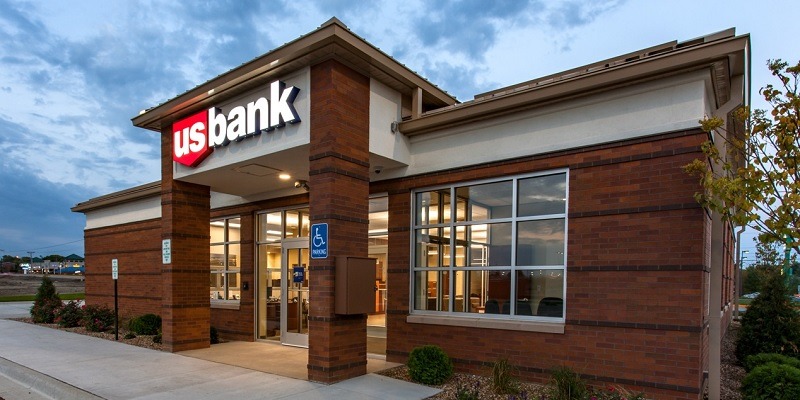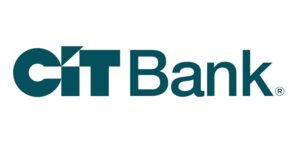
US Bank, like many other banks, charges an overdraft fee for customers that charge more than they have in their account balance. Here is what you need to know about their specific overdraft fees and how to avoid US Bank overdraft fees altogether.
 |
Types of US Bank Overdraft Protection
Now that you have a brief understanding of what an overdraft is, it is time to get into the details. U.S. Bank offers two types of overdraft protection through their standard overdraft coverage and its signature Overdraft Protection. Regardless of which you go with, you will be charged an overdraft fee.
Standard overdraft coverage comes with your U.S. Bank checking account and allows the bank to pay, at its discretion, any checks, automatic bill payments and recurring debit transactions that would result in an overdraft. However, they will not pay ATM transactions and daily debit card transactions that trigger an overdraft.
Basically, overdraft protection works by linking your checking account to your savings account, line of credit or credit card account. Whenever you go over the balance in your checking account, the protection will trigger and take funds out of your linked accounts to cover the charge.
US Bank Overdraft Fees
If you overdraw your account by $5 or less, U.S. Bank will not charge you an overdraft fee. For overdrafts of $5.01 and more, however, you’ll be charged $36 for each instance, up to four times per day — so theoretically, you could incur up to $144 in overdraft charges each day. On top of this standard fee, U.S. Bank charges an additional $25 per week that your available balance remains below $0, starting on the eighth calendar day.
| Details | Fee |
| Overdraft | $36 |
| Maximum fees per day | $4 |
| Maximum charges per day | $144 |
| Fee for every week account balance remains below $0 | $25 |
Avoid US Bank Overdraft Fees
There are a couple of ways to avoid US Bank overdraft fees that can protect your checks from bouncing, but keep in mind that these are expensive backups to rely on. The best way to avoid overdraft fees is to make sure you always have enough funds to make your transactions.
U.S. Bank allows you to set up online account alerts that can help you prevent overdrafts by letting you know hen your balance reaches a certain level. Additionally, you can always set up an emergency fund that serves as your backup account in case your main checking account runs lows on funds.
How to Get Overdraft Fees Waived
The best way to get your overdraft fees waived is to be a long standing, loyal bank customer. Also, if you don’t have a history of overdrawing your account, then you have a better chance of having your first offense waived. Simply contact your local bank and politely ask for the fee to be waived.
 |
 |
Bottom Line
Overdraft fees can be a annoyance when it comes to using your cards and making purchases. They can start to add up if you’re not monitoring your balances properly. Thankfully for US Bank customers, there are plenty of features and ways to avoid overdraft fees. For more posts like this, check out our list of the best US Bank Promotions.




Leave a Reply